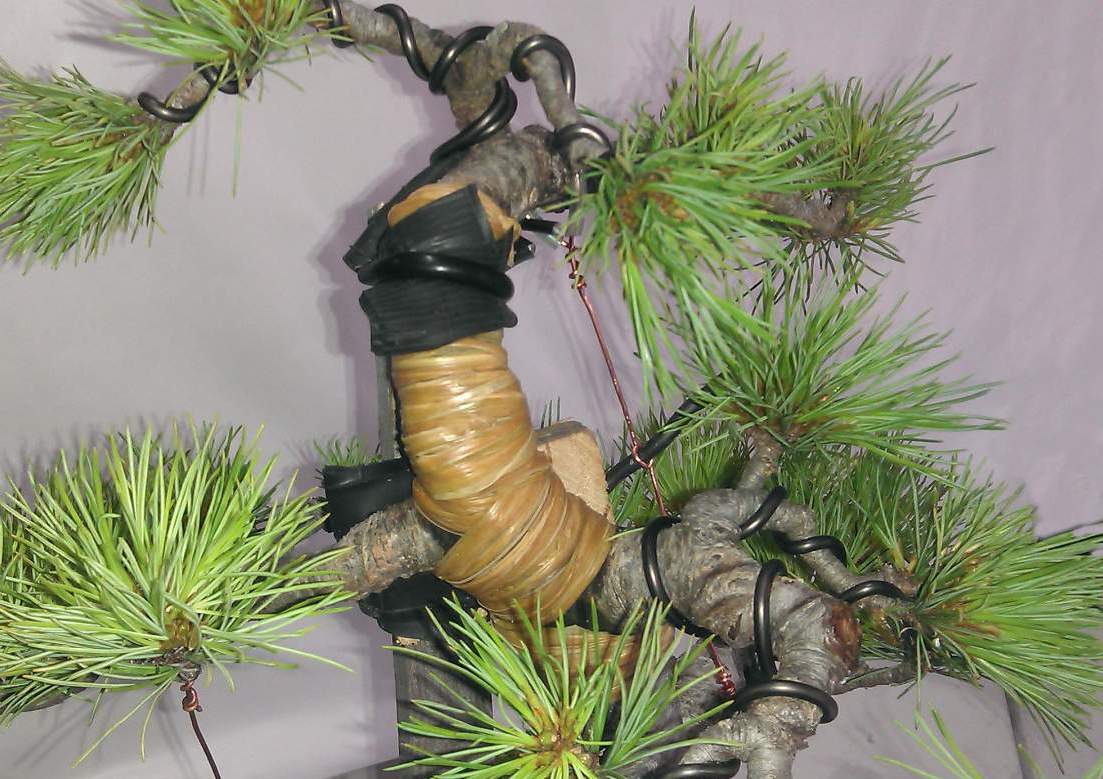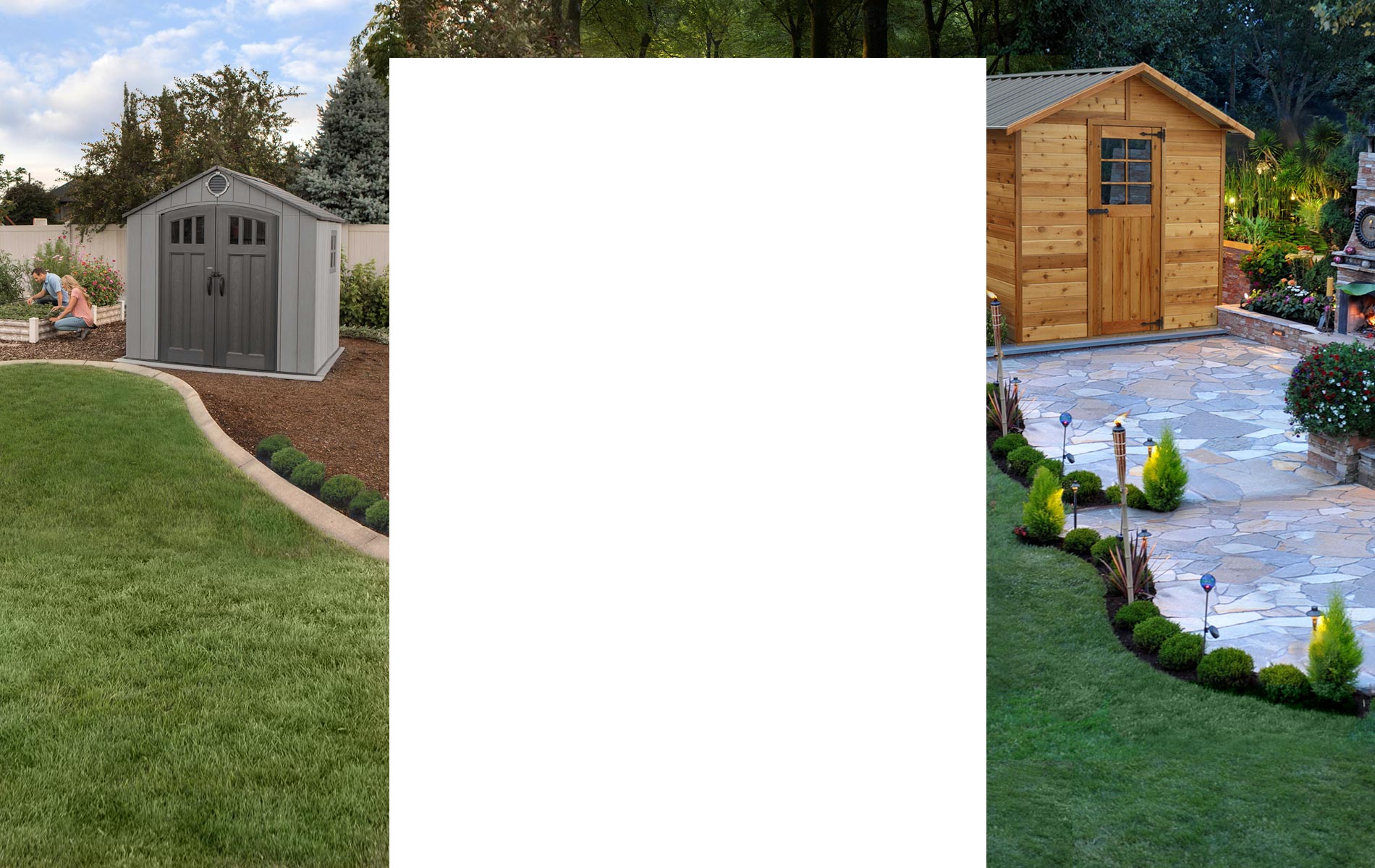Bonsai for balcony gardens – wiring techniques for shaping
Bonsai has been described as “a curious mixture of horticulture and art”. As well as the basic horticultural principles needed to maintain a tree in a healthy condition, there is also a number of special techniques used to transform ordinary trees and shrubs into works of art. These include pruning, shaping and wiring. This week, Chris Xepapas discusses wiring techniques.

Shaping a tree using wiring techniques
BONSAI – AN INTRODUCTION – PART 4
Wiring is necessary for shaping and styling bonsai. Wire comes in a number of gauges and qualities. Your skill level it will determine on what gauge you use; the larger the gauge, the harder to bend without damaging the bark on a tree. It normally takes one full growing season to set a branch into a desired position, but if a particular branch needs to be wired for a second year, it is good practice to remove and rewind the wire so that the bark is not marked too deeply.
GAUGE SIZES
G1- Fine wire for wiring very fine branches and putting the finishing touches on bonsai for display.
G1.5 – As above, a little stiffer
G2, G2, G2.5, G3, G3.5 – These gauges are the core selection and will do the majority of your shaping
G4, G4.5 – Heavier gauge wire for main branch and small trunk bending
G5, G5.5, G6 – The heaviest gauges for heavy trunk and branch bending. Hard to use and protection on the tree such as raffia is recommended.
If branches do not bend with G6 wire, we use special techniques to bend branches and trunks using brace wires and clamps.
Bonsai wire is made of aluminium with a copper coating as so the tree does not react to the aluminum. The quality of the wire will also influence the result you get, especially at a beginner level. The cheaper wire, which is often Korean or Chinese, is a little harder to bend into place. It is also considerably cheaper. Japanese wire is best but can be pricey.
When applying the wire, it is important to remember some rules:
1- Do not wire the bonsai too tightly, you will damage the bark and scar the tree. If the wire is too loose, the effectiveness will be reduced dramatically. With practice, you will learn in time how tight to wind the wire.
2 – Do not cross wires when wiring. If the wire is left in place too long, it will result in ring barking that part of the tree. Wire in the same direction as any other wire to avoid this. Crossing wires also creates a pressure point, thus scarring the tree.
3 – When using heavy gauge wire or making large bends, use a protective film wrapped around the area wiring. Raffia or rubber tubing in most acceptable. We do this to reduce scarring from the heavy gauge wire and also to keep the cambium layer of the bark firmly connected to the wood of the tree.
On a finishing note, it is not good practice to reuse wire. It is almost impossible to straighten out the wire once bent and when trying to reapply the used wire, it will not wind correctly and risk damaging the tree. It is also advisable to use specially made bonsai wire cutters to remove the wire .
I strongly recommend that at a novice level, you practice on a spare branch on a tree in your garden – with time your wiring skills will improve.
Cheers
Chris Xepapas
Heritage Bonsai Tasmania


